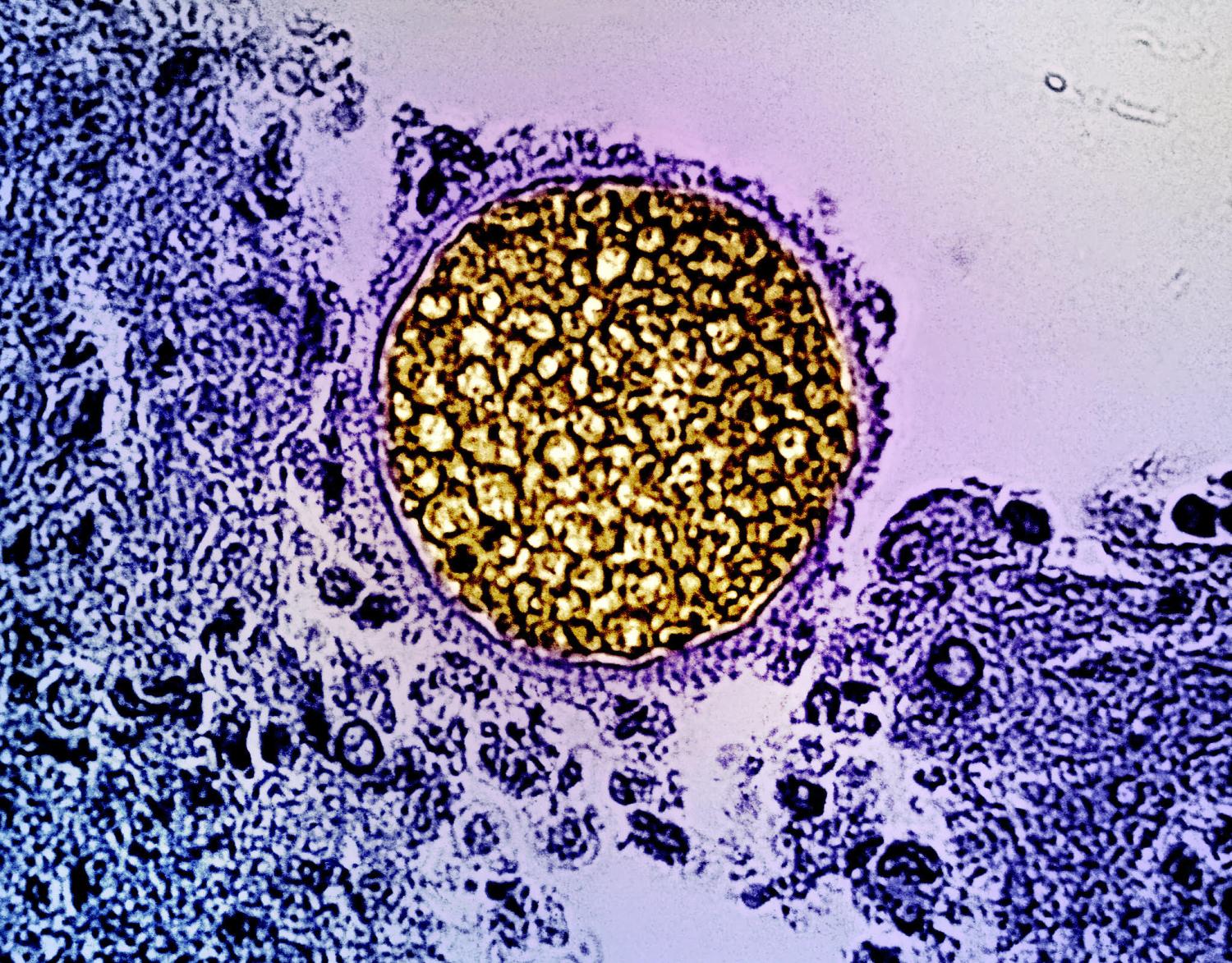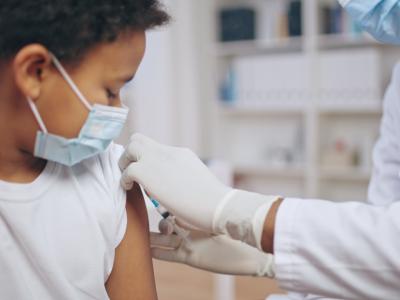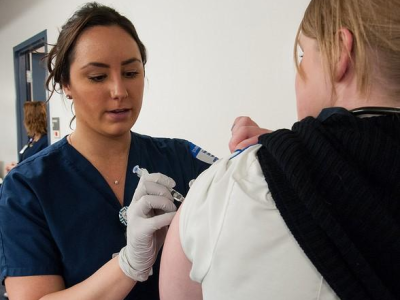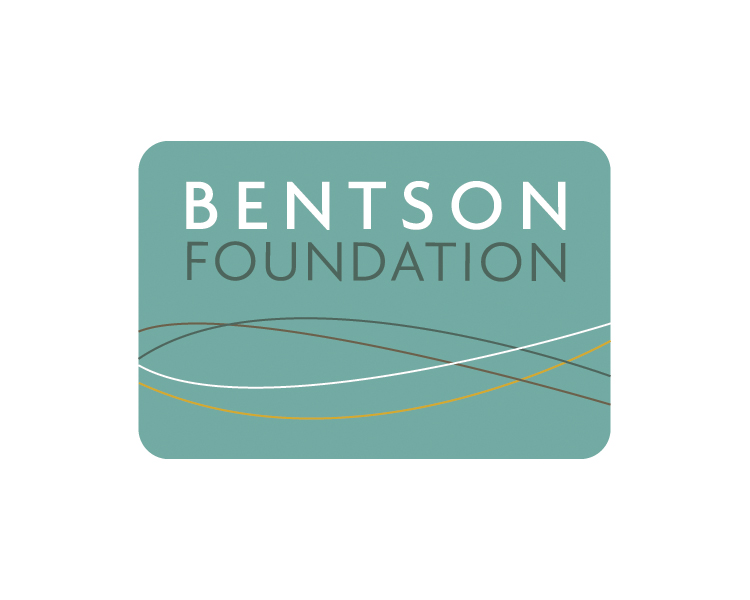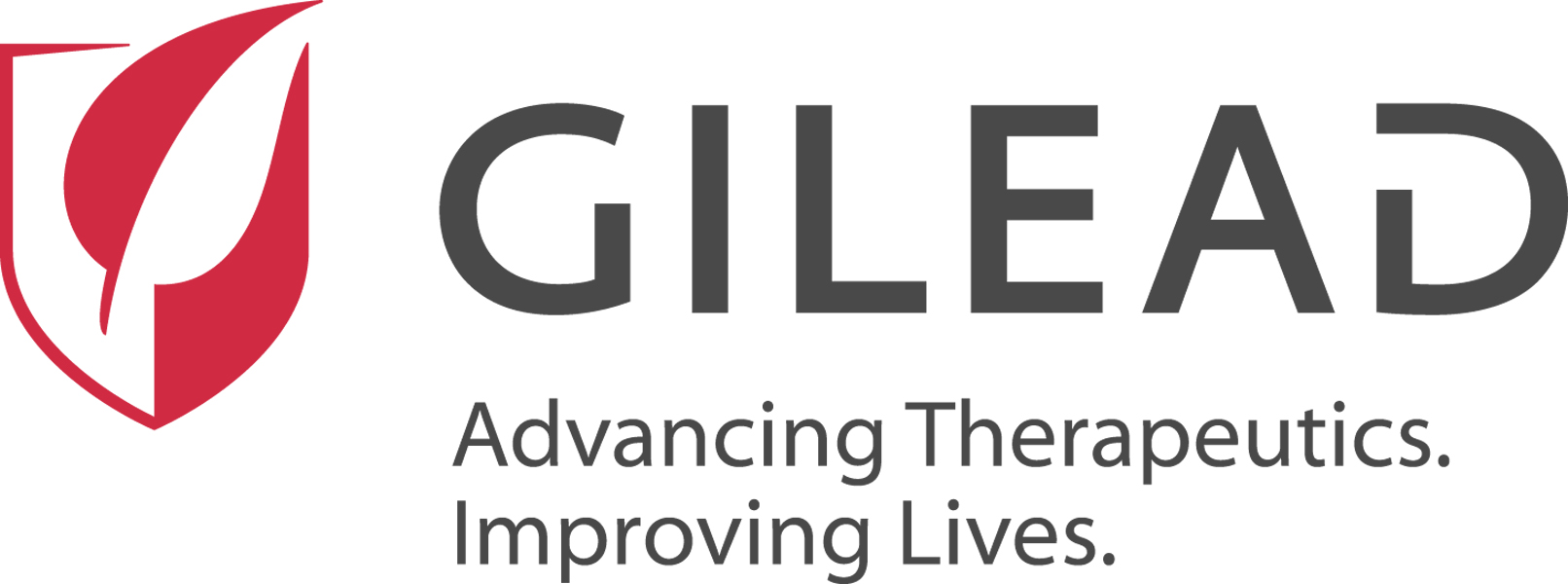Data models estimate that the number of coccidioidomycosis (valley fever) cases reported through US surveillance in 2019 was 10 to 18 times higher, with 18,000 to 28,000 related hospitalizations and 700 to 1,100 deaths, suggesting that the burden of the fungal lung infection is substantially higher than thought.
The findings come from a study led by the Centers for Disease Control and Prevention (CDC) published yesterday in JAMA Network Open.
Disease reportable in only 28 states, Washington DC
The team built models of coccidioidomycosis cases reported to the National Notifiable Diseases Surveillance System in January and December 2019. Regional estimates were based on states with high (Arizona and California), low (Nevada, New Mexico, Texas, Utah, and Washington), or unknown (all other states and Washington, DC) endemicity from January 2022 to July 2024. They also consulted a sample of 17 coccidioidomycosis experts (12 clinicians and 5 public health officials).
The number of cases is likely substantially higher than the nationally reported total, as surveillance does not capture patients who do not seek medical care or who are undiagnosed or misdiagnosed.
"The number of cases is likely substantially higher than the nationally reported total, as surveillance does not capture patients who do not seek medical care or who are undiagnosed or misdiagnosed," the researchers wrote.
"Each year, approximately 10,000 to 20,000 cases are reported through US national surveillance, doubling from 8,232 cases in 2014 to 20,003 cases in 2019," they added. "However, coccidioidomycosis is only reportable in 28 states and Washington, DC, and these totals likely represent only a fraction of the true national burden of coccidioidomycosis."
Caused by spores in disturbed soil
Coccidioidomycosis is caused by inhaling spores of the Coccidioides fungus in the soil, mainly in the southwestern United States and parts of Washington state, Mexico, and Central and South America. Outbreaks of the disease are rare and typically occur after weather events that disturb the soil.
While many infected people have no symptoms, three-quarters have activity-limiting pneumonia symptoms (eg, cough, fever, fatigue), which last for a few weeks to months, and the infection can result in severe or long-term illness or systemic infections in rare cases. These symptoms are often mistakenly attributed to pneumonia, delaying treatment.
Most cases resolve on their own, but people with severe infections are given antifungal drugs and usually recover fully. Each year, direct medical costs and productivity losses in the United States are estimated at $385 million.
Diagnostic accuracy depended on endemicity
The models estimated that 273,000 (95% credible interval [CrI], 206,000 to 360,000) symptomatic coccidioidomycosis cases occurred in 2019—10 to 18 times the number identified through surveillance—as well as 18,000 to 28,000 associated hospitalizations and 700 to 1100 deaths in 2019.
States with high coccidioidomycosis endemicity had the greatest burden (125,000 cases), followed by states with unknown endemicity (103,000) and the least-endemic states (46,000). The cases led to an estimated 23,000 annual hospitalizations (95% CrI, 18,000 to 28,000) and 900 deaths (95% CrI, 700 to 1,100).
Based on values obtained through the expert panel, the researchers estimated that 30% of people with symptomatic uncomplicated coccidioidomycosis and 99% of those with severe infections sought healthcare.
The proportion of patients seeking healthcare who were diagnosed accurately for uncomplicated disease depended on state endemicity (high endemicity, 38%; low endemicity, 20%; unknown endemicity, 8%) and severe disease (high endemicity, 80%; low endemicity, 45%; unknown endemicity, 25%).
Highly endemic states made up half of all estimated hospitalizations (12,000), while 7,000 and 4,000 hospitalizations were estimated in states with unknown endemicity and low endemicity, respectively.
Need for better education, testing, reporting
The authors estimated that 7 people per 100,000 were hospitalized nationwide: 26 per 100,000 in highly endemic states; 9 per 100,000 in states with low endemicity; and 3 per 100,000 in states with unknown endemicity.
These findings suggest that coccidioidomycosis burden estimates substantially exceed nationally reported case counts, highlighting the need for improved awareness, education, diagnostic testing practices, and reporting to inform public health efforts and achieve better patient outcomes.
Most estimated deaths occurred in highly endemic states (500), followed by states with unknown endemicity (300) and those with low-endemicity (200). The team estimated 0.3 deaths per 100,000 people nationally, with regional rates of 1.1 per 100,000 in highly endemic states, 0.4 per 100,000 in states with low endemicity, and 0.1 per 100,000 in states with unknown endemicity.
The expert panel estimated that 32% of accurately diagnosed coccidioidomycosis cases were reported to public health officials in low-endemic states and that 13% were reported in states with unknown endemicity. Based on a comparison of Arizona surveillance data and serologic lab testing data, an estimated 80% of accurately diagnosed patients were reported to public health officials in highly endemic states.
"These findings suggest that coccidioidomycosis burden estimates substantially exceed nationally reported case counts, highlighting the need for improved awareness, education, diagnostic testing practices, and reporting to inform public health efforts and achieve better patient outcomes," the authors concluded. "Improved routine surveillance, enhanced surveillance projects, and targeted studies are essential to produce more reliable multipliers from primary data."
